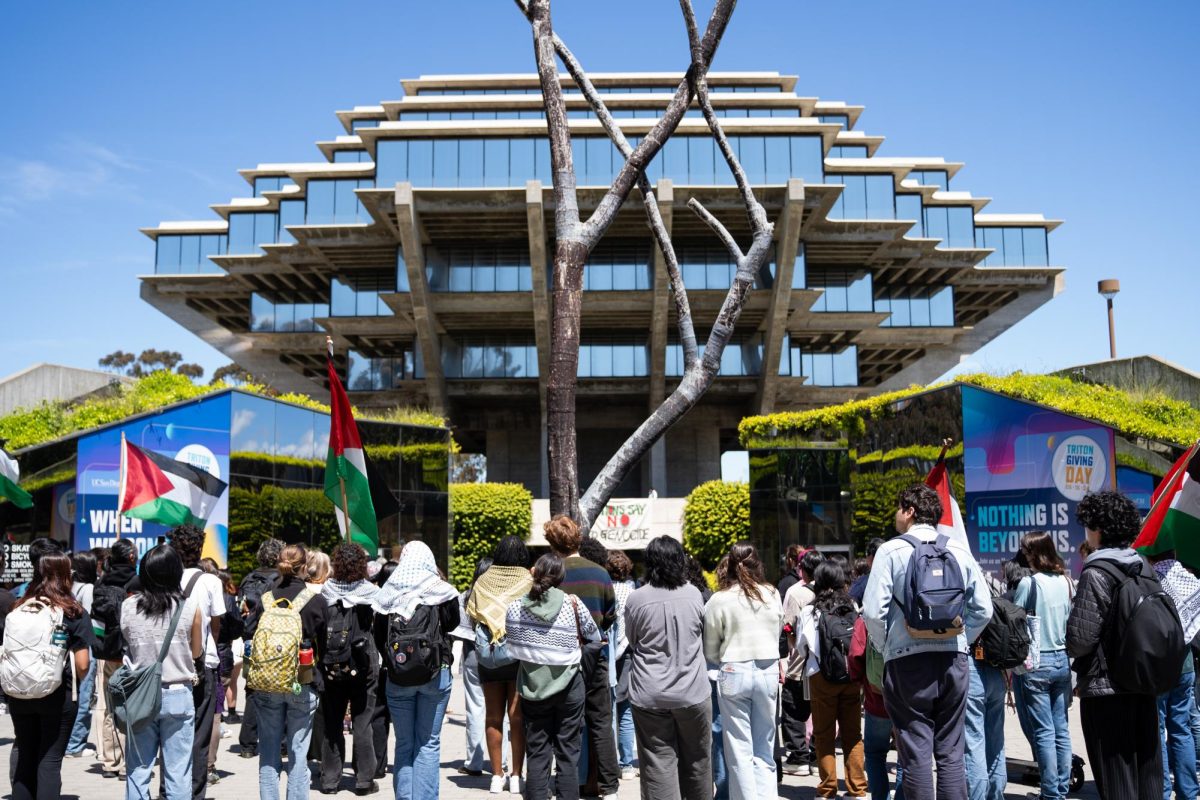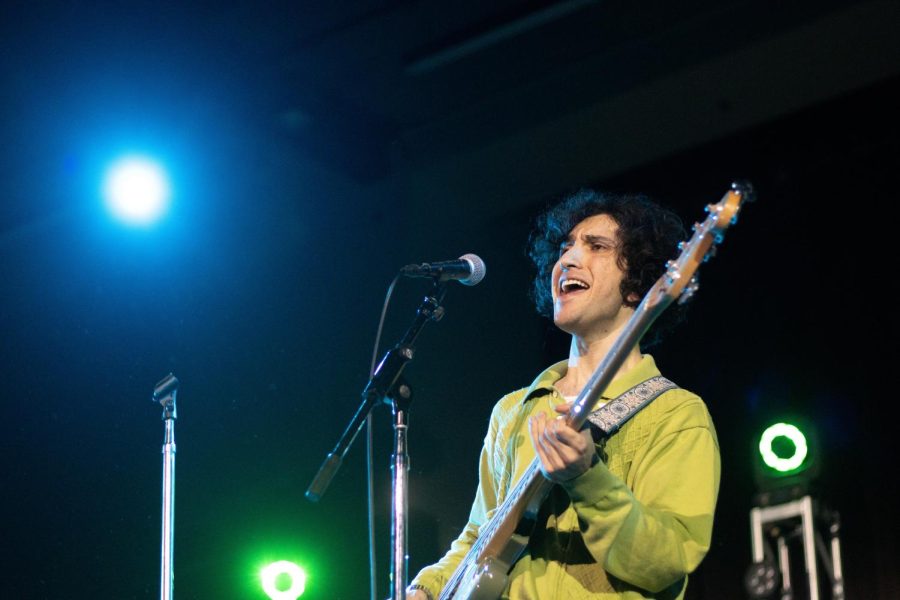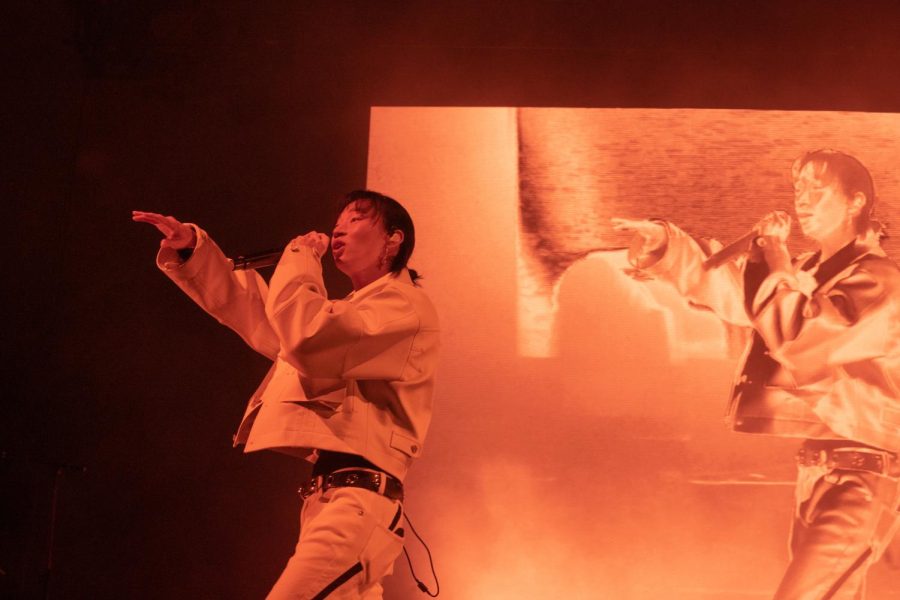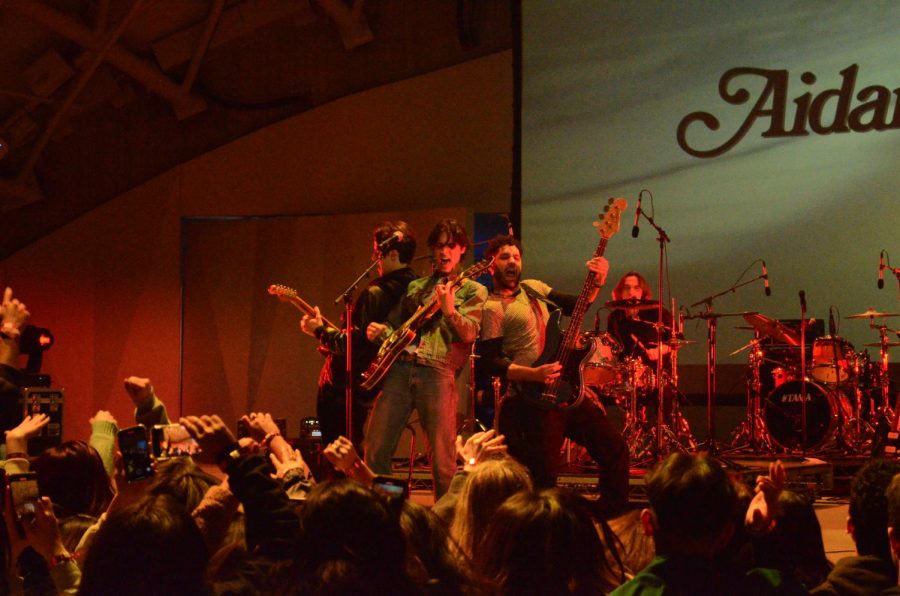On Oct. 16, UCSD underwent an “active shooter drill” in
which campus emergency personnel role-played a scenario similar to the
shootings that occurred at Virginia Polytechnic Institute and
in April. UCSD security officials are calling the campus’ response a success,
with the exception of some inter-department communication problems that may
have delayed emergency response time.
police and fire departments joined campus officers to assist in the activity,
as well as volunteers playing the roles of the victims.
An area of UCSD School of Medicine between the Leichtag
building and the Biomedical Library was cordoned off to foot traffic as the
drill was being conducted. A great number of Campus Emergency Response Team
members wearing yellow vests could be seen in the area.
The purpose of the drill was to test how the campus would be
able to handle a situation similar to the Virginia Tech shootings that killed
33 students and staff members.
“Basically, we do it to expose our weaknesses,” said Paul
Mueller, a public information officer with UCSD communications. “We’re trying
to improve our program all the time.”
The S.W.A.T. officer who playacted the shooter role began
his mock rampage near the student services area, and left two individuals as
mock victims there. Then, at about 10 a.m., he made his way down to the medical
school and entered the Leitchtag building, which the medical school had agreed
to provide for the drill.
According to UCSD Police Lt. David Rose, the drill’s purpose
was to evaluate how responders would react to a real crisis. Police then had to
figure out where the shooter had gone after the initial shooting.
After they received reports that he was around the medical
complex and had entered Leitchtag, police guarded the exits to the building as
volunteers came out with their hands up. They were then frisked by police, just
as they would be in a real event. Some of the people exiting the building
pretended to be wounded.
There were nine mock victims in total: two on Library Walk
and seven in the Leitchtag building. The
mock victims had fake wounds known as “moulage” wounds, with the exceptions of
the two Library Walk victims so people on campus would not be alarmed.
The victims were then put on stretchers and taken to
Department, enabling the hospital to practice receiving mass casualties.
In order to role-play having to take down a potential
shooter, several armed police officers entered the building with their guns
drawn. At approximately 10:08 a.m., two blanks were fired as a way for the
person role playing the shooter to signal to police that he was inside the
building. At approximately 10:15 a.m. police confirmed that the two gunmen — it
was later revealed that there was more than one mock shooter — had been taken
into custody, and later, according to the scenario, confirmed to be
“dead.”
Rose said a large part of the exercise was to see how well
campus police would be able to work in tandem with
emergency. However, he noted that one of the areas in need of improvement was
the integration of separate radio systems of campus police officers and
He said he was particularly impressed with the performance
of CERT members who secured the perimeter of the drill site and helped triage
victims.
Despite these initial observations, Rose said that the drill
needed to be further analyzed.
During the drill, RIMAC Arena was designated to be the
“reunification center.” In the event of a real shooting, the function of the
location would be to update people worried about the event and to have a place
for people to reunite with loved ones who had not been injured.
At a post-event debriefing barbeque, Chancellor Marye Anne
Fox was the first to address the crowd.
“This was an important experience for all of us,” she said.
“The safety of the students, staff and faculty are of paramount importance at
this institution.”
Fox also said that this drill would not be the last that the
campus would hold, and that such exercises are only one way to prepare for
emergencies.
She also reminded the crowd about the new blue emergency
towers on campus, which were tested during the course of the drill. The towers
include a handset in the back that police can use to provide live broadcasts to
people during an emergency, as well as loudspeakers and cameras.
Emergency Services Manager Phillip Van Saun called the event
an “outstanding success.”
“I’m surprised at how well things went,” he said.
In particular he expressed gratitude for Fox’s help, noting
that her support made the drill possible. Van Saun has conducted other
emergency drills in the past, including an earthquake drill in 2005.
Van Saun said that although other campuses have conducted
similar shooter drills, UCSD’s was particularly large in scale.
“The goal is to make sure that we’ve done the most we can to
take care of students, staff and faculty,” he said.







